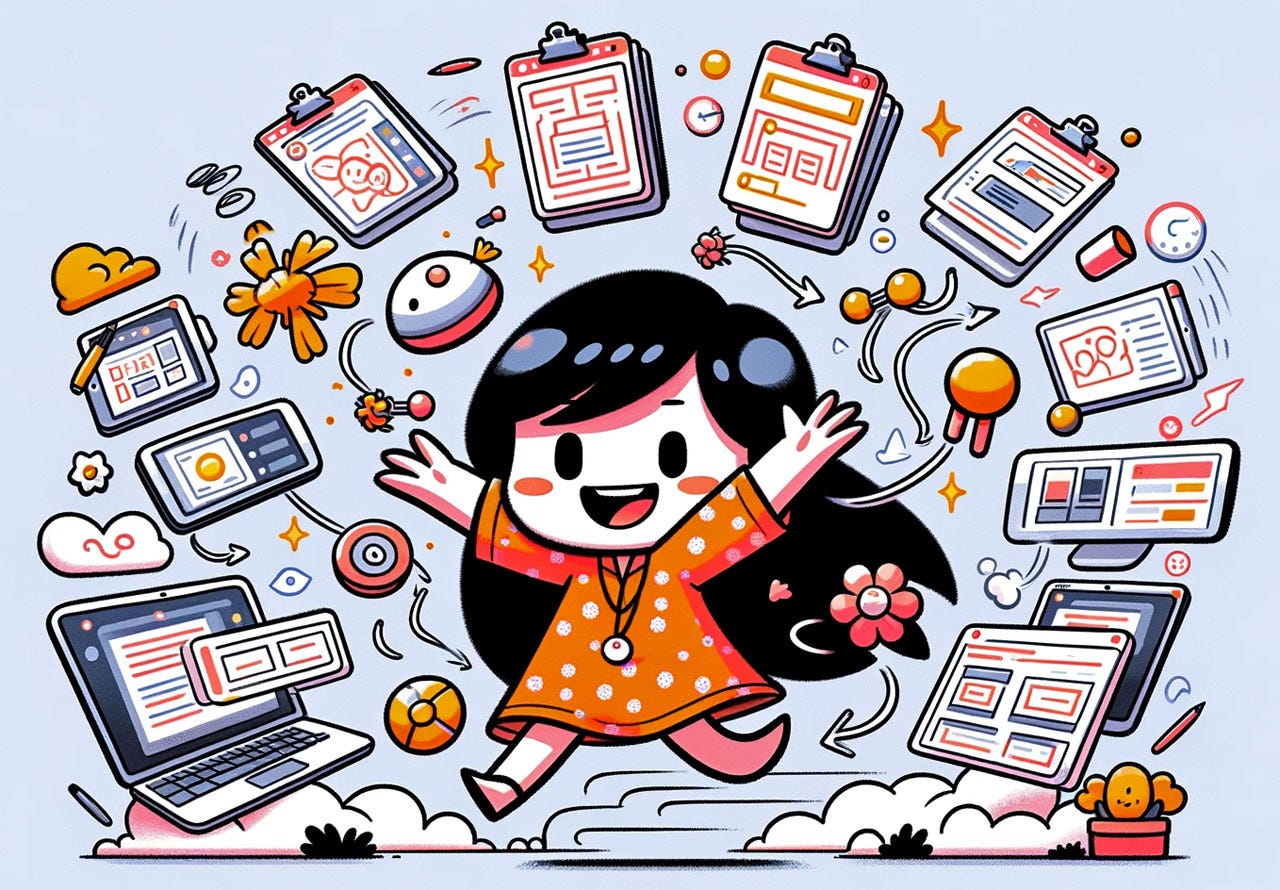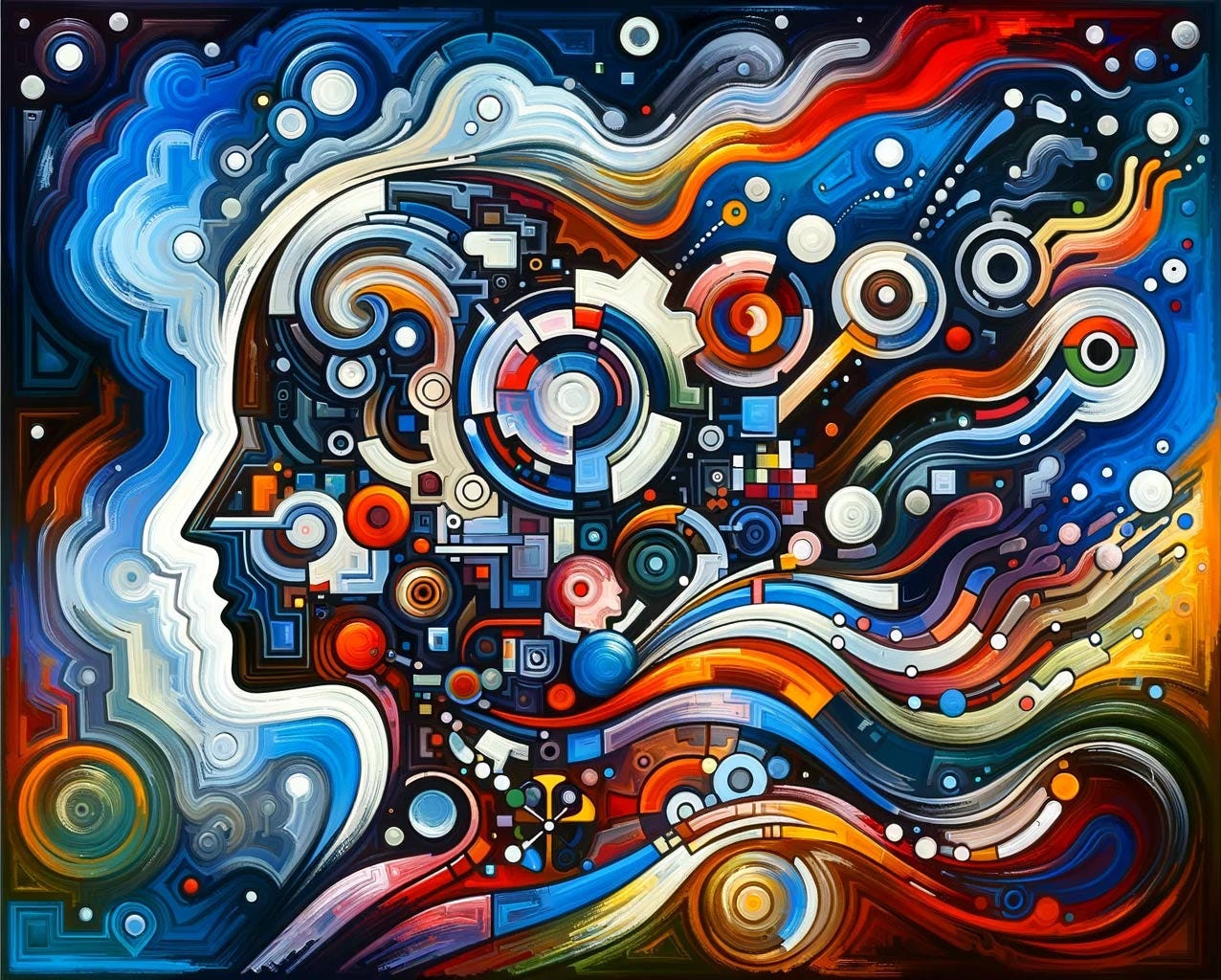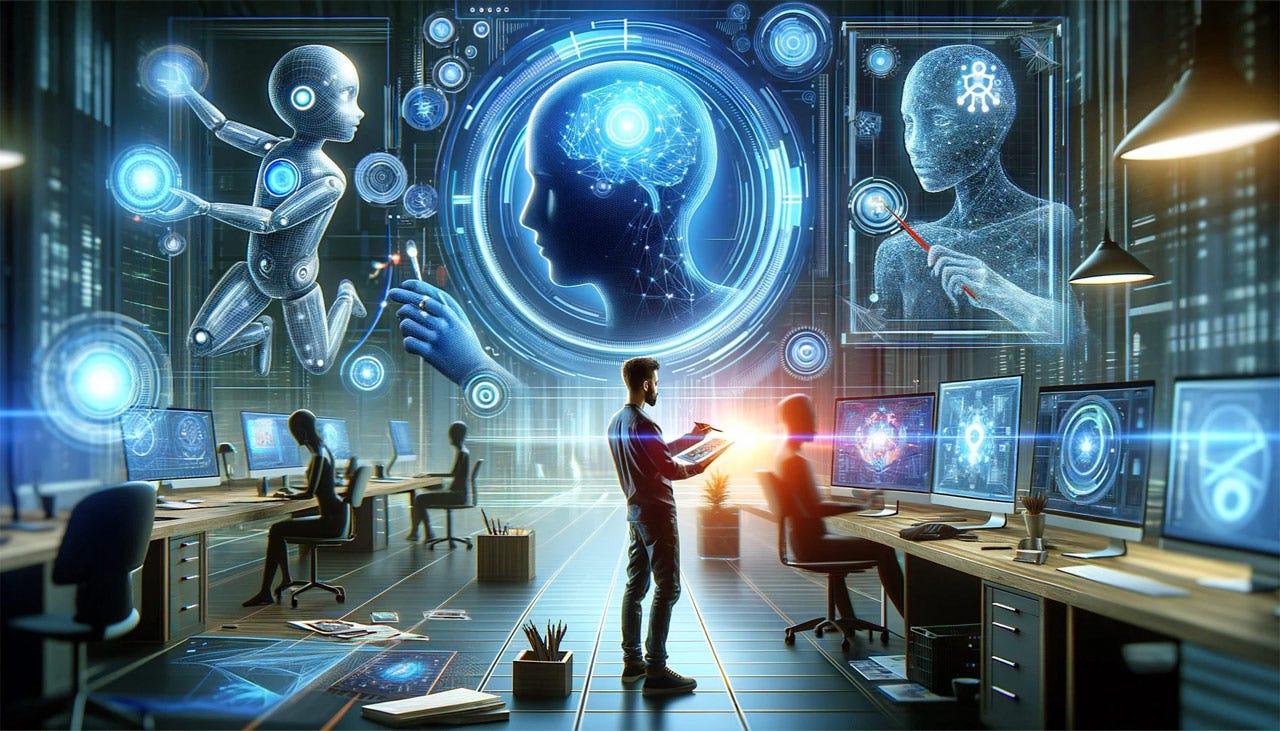Hi, I’m Felix! Welcome to this week’s ADPList’s Newsletter; 🔒 subscriber-only edition 🔒 weekly advice column. I write high-quality insights on designing products people love and leadership in tech. If you’re interested in sponsoring us, let’s chat!
P.S. Don’t miss the upcoming ADPList Meetups in April, our exclusive interview with Don Norman (21st Century Design, Controversy, AI, Hard Problems, and Legacy).
To be a generalist or not? Designers have been stirred up by a thought-provoking debate: Should designers be generalists or specialists? I asked a good friend and renowned professor in UX, Jakob Nielsen, who has seen cycles of industrial and technological revolution. His takes on this topic are exciting, provocative, and honest—highly worth the read (and sparking debates 👀).
Let's explore this fascinating topic of designers' evolving roles.
You can follow Jakob for more on LinkedIn and Jakob’s Newsletter.
***
I always used to be very skeptical of the idea of the “UX unicorns” — individuals who can do all the various parts of the user-centered design lifecycle, from qual & quant user research to all the different kinds of design (visual, interaction, IA, writing and content strategy, etc.). My anti-unicorn spiel went as follows:
The actual unicorn (shown below) is a mythical beast, and so is the UX unicorn. People who are good at everything don’t exist.
Realistically, a generalist will, at best, deliver a mediocre product compared with a product developed by a set of specialists because each specialist will be superior at his or her special skill relative to the mid-level skill possessed by a good unicorn. At worst, you get somebody who claims to be a unicorn but is lousy at several (or all) of the claimed skills, and then you don’t even get a mediocre product but a bad one.

However, I am rethinking my unicorn position based on a post by Ronnie Battista reflecting on his job search experience. Battista points out that AI is uplifting specialized craft skill sets, leading to more demand for UX staff with a comprehensive skill set. He recommends, “for both new and seasoned practitioners, actively delving into tools and methodologies beyond their core competencies is crucial to amplify their value.”
It is indeed one of the 4 core facts about AI that AI use narrows skills gaps. This has been found again and again in virtually all the empirical studies comparing the performance of knowledge workers with and without AI. All business professionals benefit from using AI, and the top performers get even better with AI assistance. But their performance doesn’t improve nearly as much as that of the low performers. In other words, whereas the difference between good and bad professionals is vast without AI, it becomes more narrow when all workers benefit from AI assistance.
AI doesn't eliminate the skill gap between high and low performers, so it still behooves you to hire the best staff you can. But hiring a top performer isn’t as critical as it used to be.
(Since I mentioned 4 core facts that have been proven by countless empirical studies of AI, let me list the remaining 3 AI facts: AI immensely increases productivity, it improves the quality of the work product, and it enhances job satisfaction for those employees who use AI.)
The narrowed skill gap leads to better unicorn performance, exactly because of my previous point: that a unicorn will never be the best at any one skill compared with a specialist who has spent his or her entire career honing that single skill. With AI, the gap between these two workers isn’t that big. The unicorn benefits from superior communication and coordination since all steps of the design process are contained within a single brain. Knowing things from having done them yourself beats sitting in any number of team meetings or reading even the best journey map or persona descriptions.

Remember that the skill gap is only narrowed, not eliminated entirely. This means that for the most demanding and critical design projects, it still pays off to hire specialists. But most projects are not actually that critical, nor are they groundbreaking and need the keenest of insights. Most design projects are rather pedestrian: make one more website or one more payroll system. Unicorns may rule this world of the 80% of design projects that will be perfectly fine with good design.
The big change is as follows:
Without AI: UX unicorns = mediocre design
With AI: UX unicorns = good design
This means that the projects that can (and maybe should?) be done by UX unicorns increase from the least challenging 20% of the world’s design projects to 80% of the world’s design projects.
The 20% most challenging or important design projects still need specialists, though.

Rethinking the Future of Work
In my article on the big productivity increases for office workers using AI, I mentioned that the biggest gains are yet to come because they will result from reorganizing the way work is done and restructuring corporations accordingly.
A great analogy is the impact of electricity on factories.
Before Electricity:






